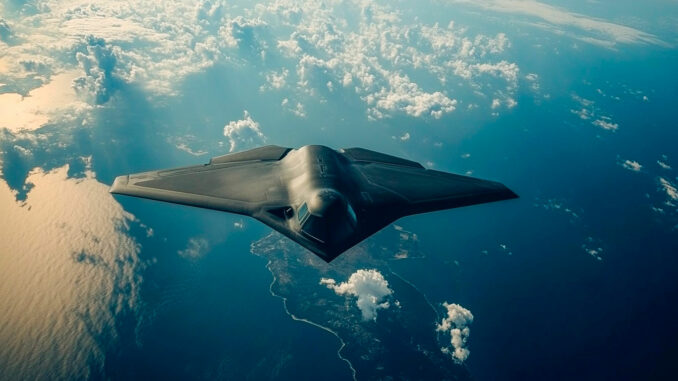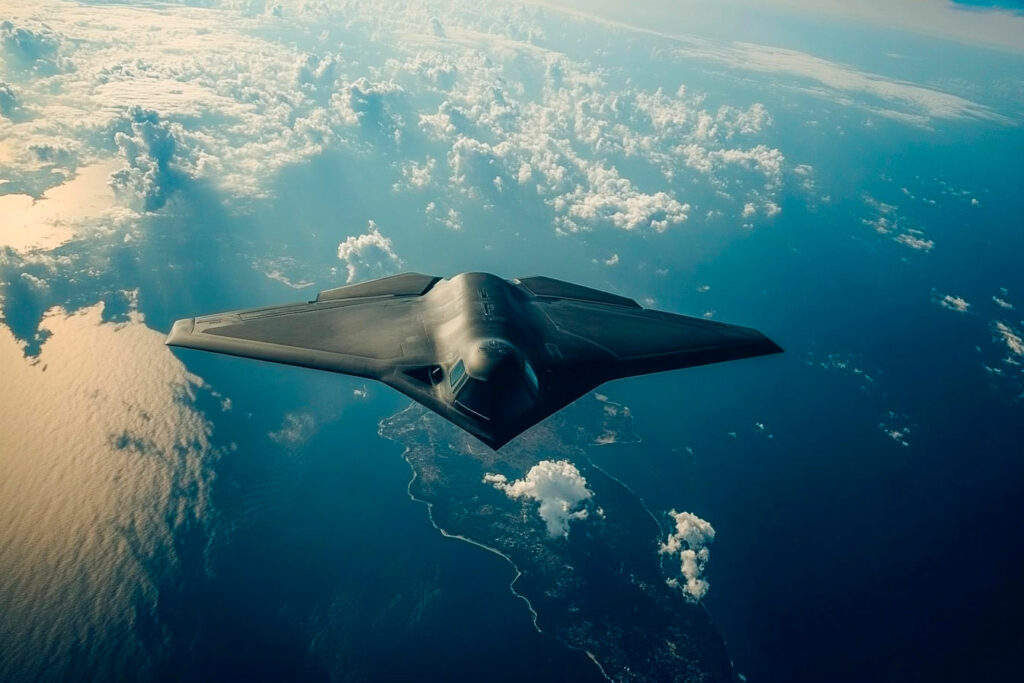
The revelation of an Israeli stealth drone, the RA-01, highlights the strategic logic behind this technology amid ongoing tensions with Iran.
The recent leak of classified documents revealed the existence of an Israeli stealth drone called RA-01, designed for secret missions, primarily in the context of the conflict with Iran. This revelation, though unconfirmed, is not surprising. Israel, a leader in aviation technology, has long used drones to monitor and strike distant targets. The RA-01, with its stealth capabilities, would strengthen Israel’s intelligence-gathering and targeted strike capabilities, particularly against Iranian infrastructure.
A tense geopolitical context
Tensions between Israel and Iran are not new. For decades, the two countries have clashed indirectly, notably in Syria and Lebanon. Israel is particularly concerned about Iran’s nuclear program and Tehran’s military advances. According to various estimates, Iran possesses around 1,000 ballistic missiles capable of striking Israel, including the Shahab-3 missiles, which have a range of over 1,200 km. In this context, having drones capable of penetrating enemy airspace, like the RA-01, is a strategic necessity.
The emergence of a stealth drone fits into a logic of deterrence and rapid response to an increasingly sophisticated threat. Stealth capabilities allow Israel to bypass advanced defense systems such as the Russian S-300 and S-400, which Iran has acquired in recent years. These systems are designed to detect and intercept enemy aircraft over long distances, forcing Israel to invest in technologies that can outmaneuver such defenses.
Technical features of the RA-01
Although the documents do not reveal specific details about the RA-01, its existence is likely. Israel already possesses an impressive fleet of drones, such as the Heron and Eitan, used for reconnaissance and strike missions. The RA-01 appears to fall into a similar category, with stealth improvements to evade enemy radars.
The documents mention the presence of specialized hangars at Ramon Airbase, where these drones might be stationed. The hangars, approximately 24 meters long and 19 meters wide, suggest a size comparable to U.S. drones like the RQ-170 Sentinel, used for similar missions. The Sentinel is known for its high-altitude flight capability (up to 15,000 meters) and reduced radar signature. It is plausible that the RA-01 shares some of these characteristics.
In terms of propulsion, markings at Ramon suggest that the RA-01 might be equipped with jet engines, increasing its speed and range. This indicates a potential operational range of up to 1,500 km without refueling, covering Iran’s dispersed nuclear facilities.

A strategic advantage against Iran
Stealth drones like the RA-01 offer Israel a crucial advantage in modern warfare, where continuous surveillance and precision strikes are essential. Iran, with its largely underground nuclear program, is difficult to target with conventional aircraft. Estimates suggest that around 30% of Iran’s nuclear facilities are buried more than 50 meters underground, making airstrikes challenging.
Stealth drones, capable of staying in the air for up to 24 hours, enable continuous surveillance of these facilities and provide critical intelligence for preparing precision strikes. Additionally, the ability to collect real-time intelligence allows Israel to respond to threats before they materialize.
Using stealth drones also has diplomatic advantages. Unlike manned aircraft, drones reduce the risk of human casualties in the event of interception. This characteristic could help limit conflict escalation and offer Israel greater flexibility in military operations.
Implications for Israel’s air defense
The development of stealth drones marks a new step in Israel’s defense strategy. These aircraft could partially replace manned planes in high-risk missions. Israel has already invested billions of euros in stealth aircraft like the F-35I Adir, but drones offer additional advantages in terms of cost and persistence. A drone like the RA-01 would cost approximately 50 million euros to produce, compared to over 100 million euros for an F-35.
Moreover, these drones could be used for precision strikes against Iranian infrastructure, as seen during strikes against Iran-backed militias in Syria. Equipping the RA-01 with air-to-ground missiles, such as the Rocks mentioned in the documents, would significantly enhance its offensive capabilities.
Technological development perspectives
Israel has a long tradition of developing advanced military technologies. With companies like Israel Aerospace Industries (IAI) and Elbit Systems, the country is a global leader in drone technology. The RA-01 may be the beginning of a new generation of stealth drones capable of operating in even more hostile environments.
In the future, we may see the emergence of even more sophisticated drones, integrating electronic and cyber warfare capabilities. These technologies would allow Israel to neutralize enemy defenses without engaging in physical strikes, paving the way for a new form of long-distance warfare.
War Wings Daily is an independant magazine.